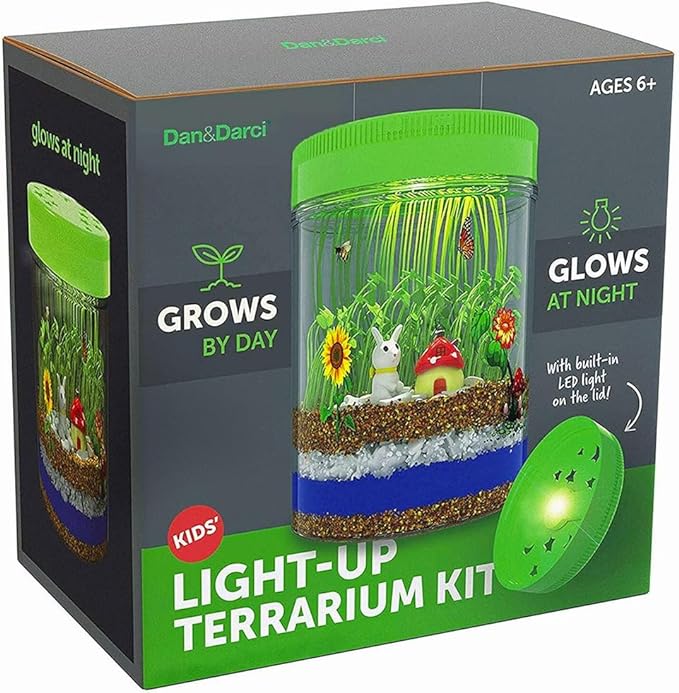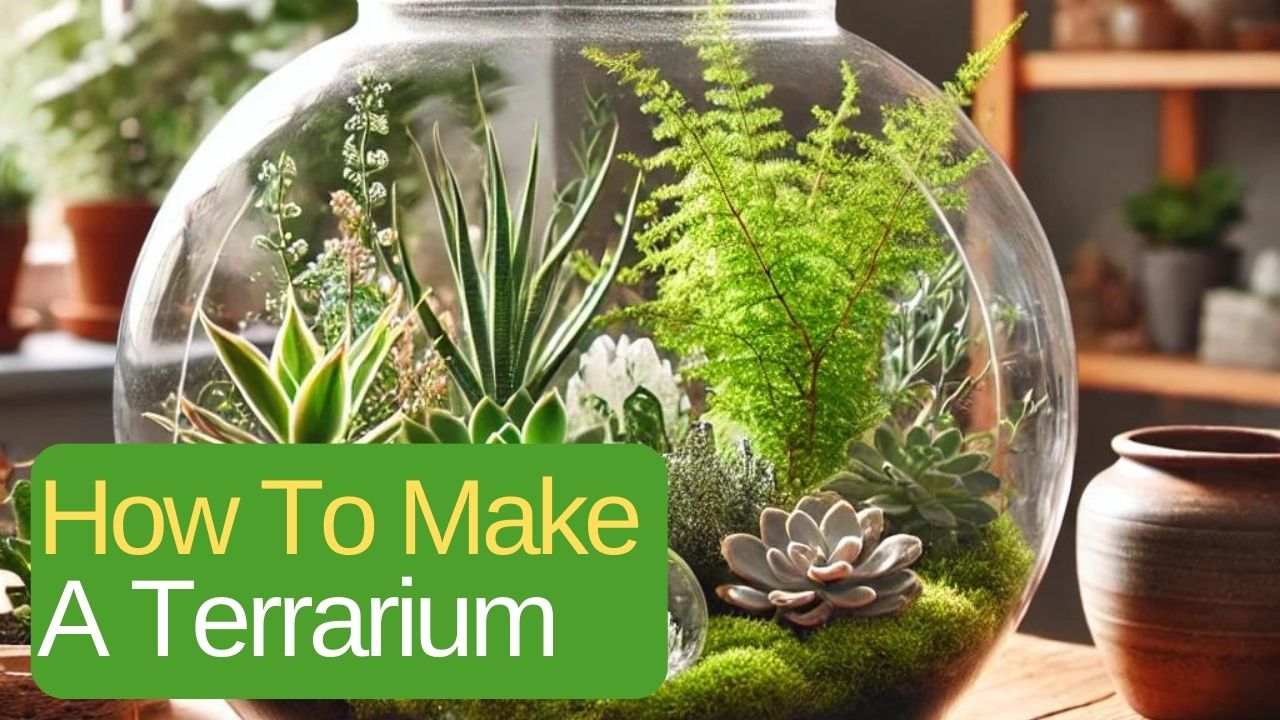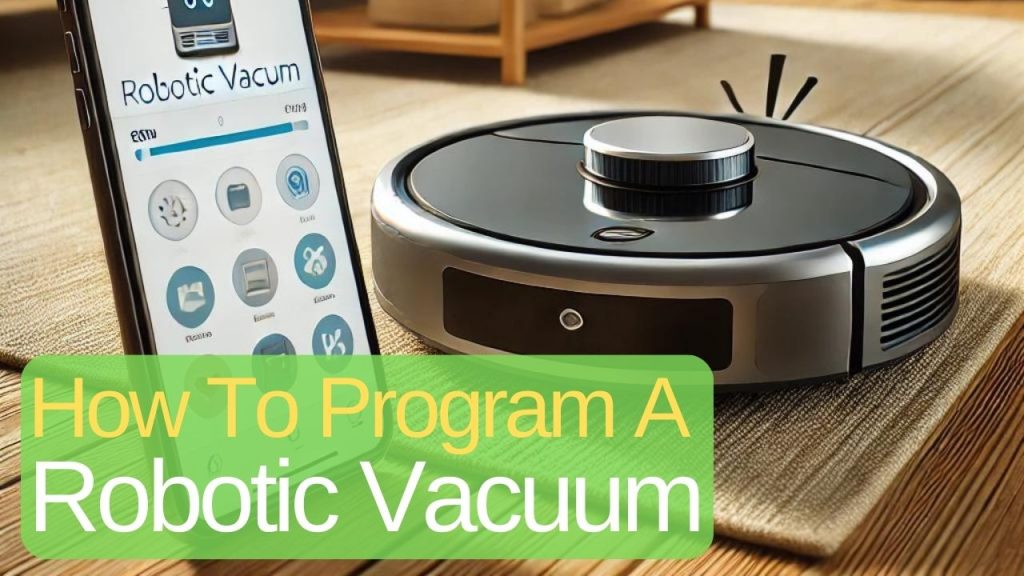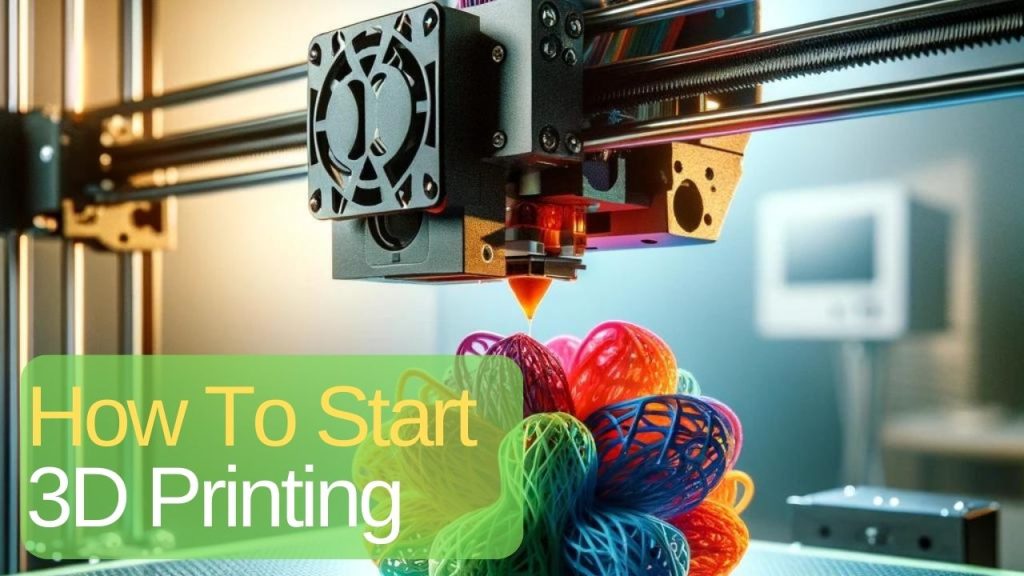How to Make a Terrarium: A Step-by-Step Guide
Terrariums are miniature gardens housed within glass containers. They are not only beautiful and decorative but also offer numerous benefits. Whether you’re a seasoned gardener or a beginner, learning how to make a terrarium is a fun and rewarding project. In this guide, we’ll walk you through the process step-by-step, ensuring you have everything you need to create your own little green world.

Introduction to Making a Terrarium and Its Benefits
Terrariums are self-sustaining ecosystems that can thrive with minimal care. They bring a touch of nature indoors, making them perfect for homes and offices. Here are some benefits of knowing how to make a terrarium:
- Low Maintenance: Terrariums require less attention than traditional houseplants.
- Space-Saving: They are perfect for small spaces.
- Air Purification: Plants in terrariums help purify the air.
- Decorative: They add a unique and aesthetic touch to any room.
Materials Needed for Making a Terrarium
Before you start, gather the following materials:
- A glass container (with or without a lid)
- Small pebbles or stones
- Activated charcoal
- Potting soil
- Moss
- Small plants (such as ferns, succulents, or air plants)
- Decorative elements (optional, such as figurines, crystals, or shells)
- A small scoop or spoon
- A spray bottle for watering
Steps to Assemble a Terrarium
Choosing the Right Container for Your Terrarium
Your container can be any glass vessel, such as a jar, vase, fishbowl, or even a glass coffee pot. The container’s size and shape will influence the type and number of plants you can include. Ensure it is clean and dry before you begin.
Adding Layers: Drainage, Soil, and Plants in Your Terrarium
Drainage Layer
Start with a layer of small pebbles or stones at the bottom of the container. This layer helps with drainage and prevents water from sitting in the soil, which can cause root rot.
Activated Charcoal
Add a thin layer of activated charcoal over the pebbles. This helps keep the terrarium fresh and prevents mold and odors.
Soil Layer
Next, add a layer of potting soil. The depth of this layer will depend on the size of your container and the type of plants you choose. Make small holes in the soil for planting.
Planting
Carefully remove your plants from their pots, gently shaking off excess soil. Arrange them in the container, starting with the largest plants first. Make sure to leave enough space between the plants to allow for growth.
Decorating and Maintaining Your Terrarium
Decorating Your Terrarium
Add moss around the plants to cover the soil and enhance the terrarium’s appearance. You can also add decorative elements like small figurines, crystals, or shells to give it a personal touch.
Maintaining Your Terrarium
Terrariums require minimal maintenance. Here are some tips to keep your terrarium thriving:
- Light: Place your terrarium in indirect sunlight. Direct sunlight can cause overheating.
- Water: Use a spray bottle to mist the plants lightly. Terrariums with lids need less frequent watering.
- Pruning: Trim any dead or overgrown parts of the plants to keep them healthy and looking good.
- Cleaning: Wipe the glass regularly to remove any condensation or dust.
Tips for Plant Selection and Care in Terrariums
- Choose plants that thrive in high humidity and low light if you’re making a closed terrarium.
- Succulents and cacti are better suited for open terrariums.
- Avoid overcrowding the container to give plants space to grow.
- Regularly check for pests or diseases and take action promptly.
Common Mistakes to Avoid When Making a Terrarium
- Overwatering: Too much water can cause root rot.
- Wrong Plants: Using plants that don’t thrive in a terrarium environment.
- Direct Sunlight: Placing the terrarium in direct sunlight can overheat and damage the plants.
Mastering Making a Terrarium: Final Thoughts
Learning how to making a terrarium in a delightful way to bring a bit of nature indoors. With the right materials and a little creativity, you can create a beautiful and low-maintenance garden that brightens up any space. Follow these steps and tips, and you’ll have a thriving terrarium in no time.
FAQs About How to Make a Terrarium
How often should I water my terrarium?
It depends on the type of terrarium and plants. Closed terrariums need less frequent watering, while open terrariums with succulents might need watering every two weeks.
Can I use any type of soil?
It’s best to use potting soil suitable for the plants you’re using. For succulents, a well-draining cactus mix is ideal.
Why is my terrarium fogging up?
Fogging usually indicates too much moisture. Remove the lid for a few hours to let it dry out a bit.
What should I do if my plants outgrow the terrarium?
You can trim the plants back or transplant them into a larger container.
Can I keep a terrarium in a low-light room?
Yes, as long as the plants are suitable for low light conditions. Consider using grow lights if natural light is insufficient.
I hope you find this guide helpful and enjoyable. Happy terrarium-making!













